Everything you need to know about tencel fabric
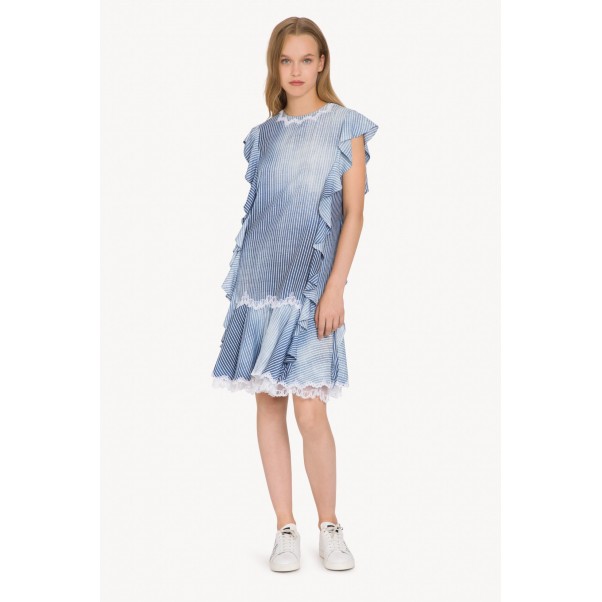
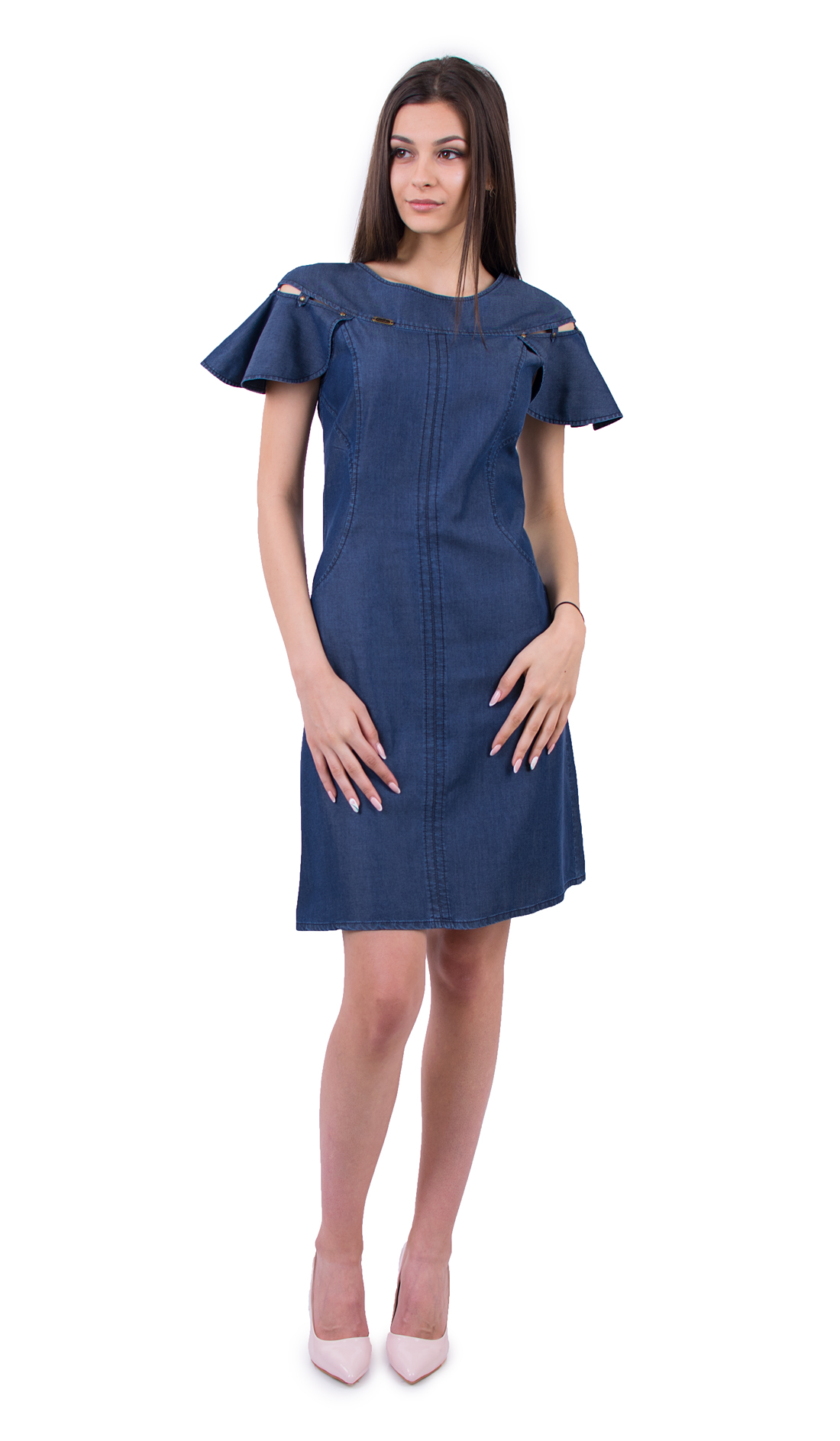
"Tencel" is also known as "Lyocell" is a modern fabric that is produced from wood pulp in controlled farms. Such are, for example, eucalyptus trees, which grow trees quickly, which is why they are grown on special farms. The overall production of tencel fabrics makes them finer, softer and fluffier than cotton fabrics. For these reasons, tencel is the most preferred fabric of the 21st century. It is the only new fabric created in the last 30 years, along with nylon and polyester, which are made from fully synthetic polymers, while tencela is made from wood pulp and is biodegradable, making it a natural fabric.
Characteristics of the fabric made of tencel cotton:
- Tencel fabric is a trademark for the lyocell type, which is a general term for fibers that are artificial and environmentally friendly. It is made from cellulose derived from wood pulp (cellulose is a natural polymer derived from vegetative living cells).
- The process used to make the fabric is called the closed loop solvent processing process. It begins with the conversion of sawdust into a dense, paper material. This material is then pressed, divided into small pieces and dissolved chemically to form a cellulose suspension, which is then extruded through a device with very small holes in it.
- The lyocell is then formed as long thin fibers, which are subjected to further chemical processes, followed by washing and drying, before being compressed. At this stage, the lyocell fibers can be spun and then used alone or mixed with other fibers to form a yarn.
- This process does not require bleaching, which is commonly used in the production of other fabrics; thus, emissions from production processes are significantly lower than many other types of man-made fiber production. Therefore, tencel is considered environmentally friendly.
- Robust, durable and long lasting. Tencel may contain only iocel, but may be mixed with other fibers, including wool, cotton, silk and other more durable man-made fibers. It is biodegradable and can be recycled over and over again.
- This process has been recognized and awarded the European Union's 2000 Environmental Prize in the Sustainable Development Technologies category.
For environmentally friendly consumers, tencel is an amazing fabric that is a real boon. This post will give you more information about the revolutionary fabric of the 21st century, its various applications and benefits that you need to know. The manufacturers of this revolutionary eco denim tencel create soft and durable fabrics with many positive characteristics.
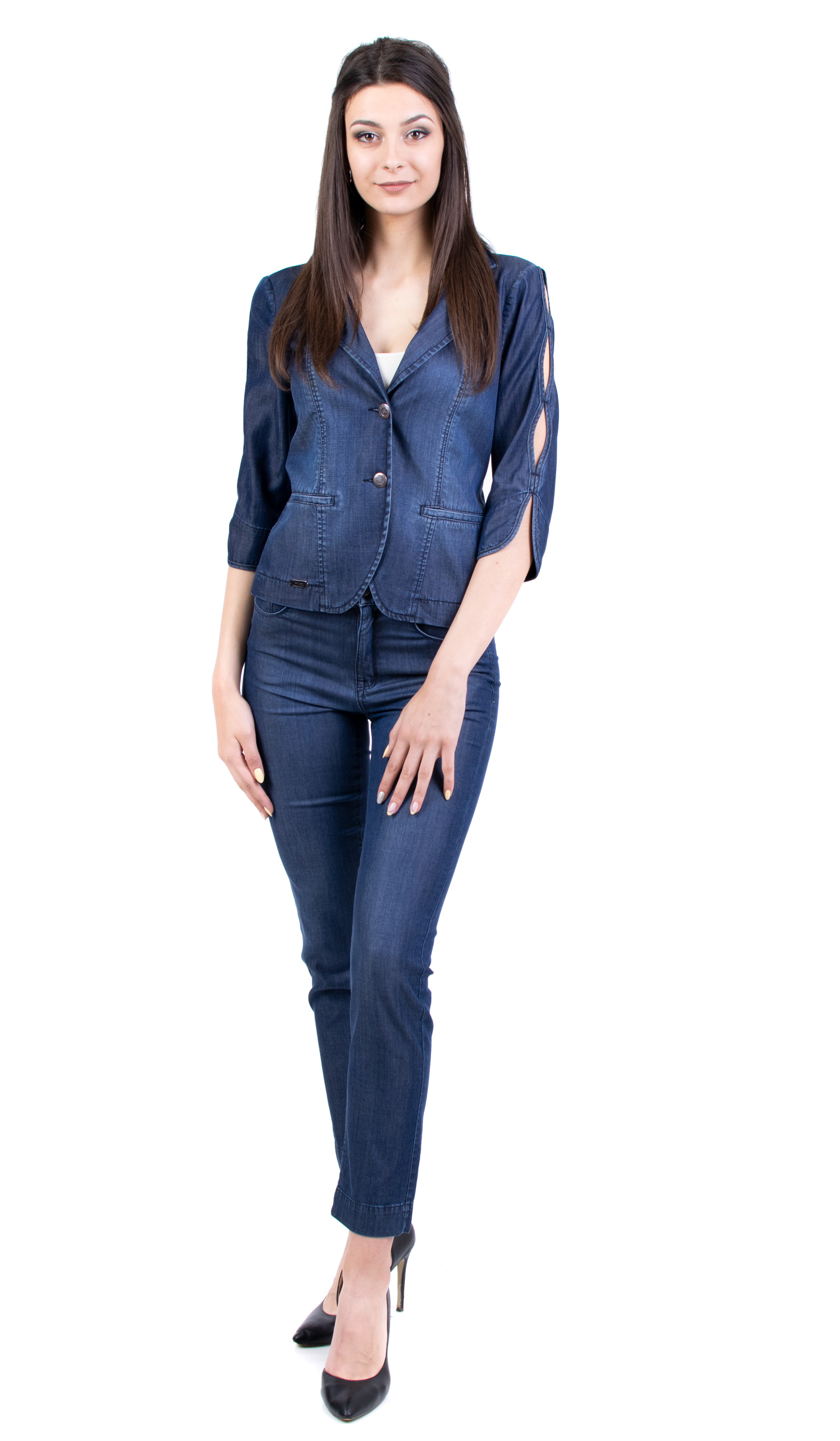
Advantages of tencel:
- Environmental friendliness: As it is obtained from natural cellulose found in the wood pulp, the material is economical and there is a great abundance of natural resources for it in nature. It is also completely biodegradable.
- It can be colored in any color. This fabric retains the brightness of its color and can be dyed in different colors due to its high level of absorption.
- Moisture resistance: This environmentally friendly material has a natural ability to breathe and absorb 50%, which is more than cotton.
- Antibacterial: Due to its moisture resistant nature it is also antibacterial.
- Softness: Tencel has an extremely smooth, fluffy and soft surface.
- Great for sensitive skin: The smooth surface of the tencel is soft and delicate to the skin and keeps it dry.
- Flexibility: This eco-fabric has controlled fibrillation that can be transformed into everything from softness like velvet to a silky smooth surface.
- Durability: It can keep the beating moist and dry and is wrinkle-free.
Tencel is known for its "drapery" effect. It complements the figure of each person and stands beautifully on any body type. The style and feel of this fabric are luxurious and sophisticated. Tencel also symbolizes a new beginning in the development of environmentally sustainable textiles.
Tips for caring for tencel fabrics:
- Tencel tends to shrink by about 3% on the first wash, but only then. Manually wash the fabric gently in cold water with a mild detergent and dry in sunlight.
- For machine washing, read the garment label carefully for instructions. Gentle spinning with a mild detergent is usually recommended.
- Ironing the fabric is not necessary. If you do decide, use a warm degree of iron, as too much heat will damage its delicate surface.
Dry cleaning of clothes is required if the manufacturer has indicated it on the label. This is because other fabrics are mixed with tencel.

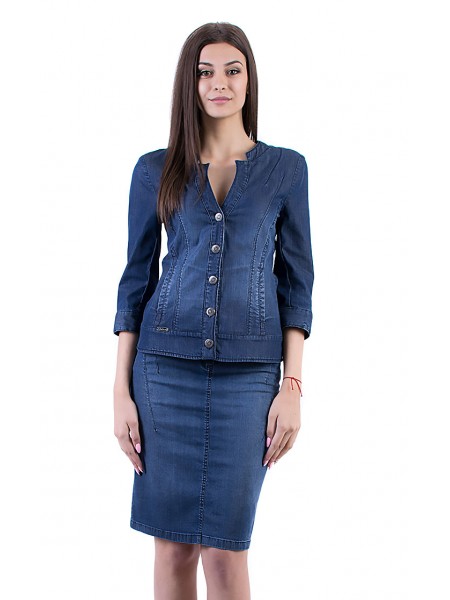
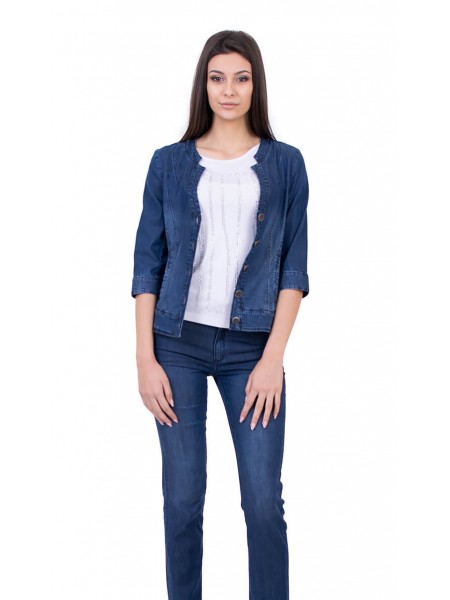
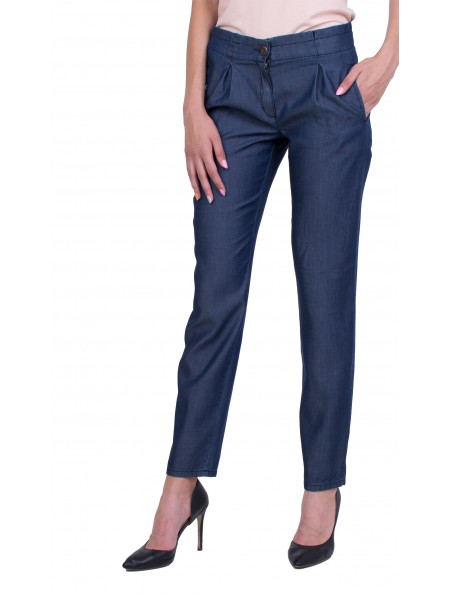
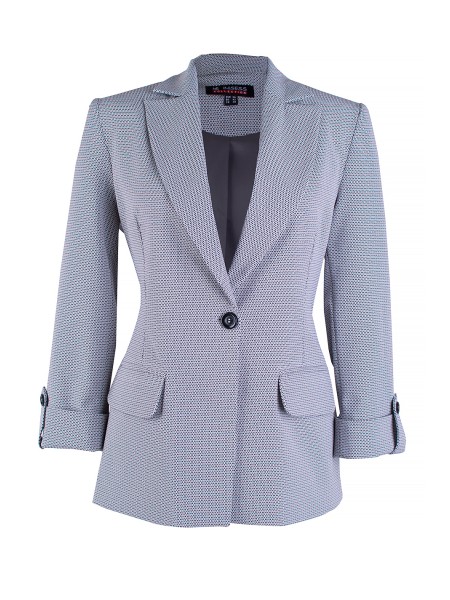
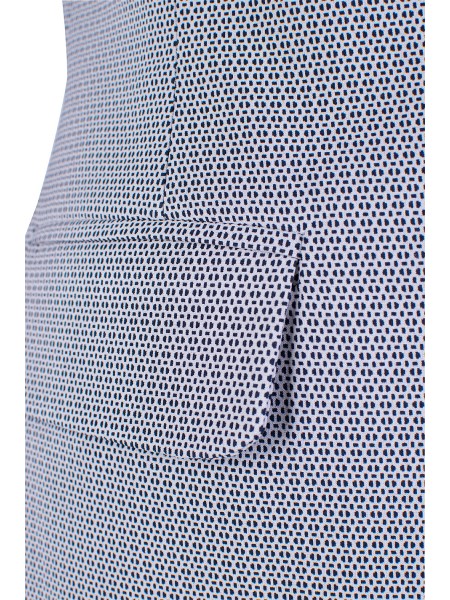
Leave a Comment